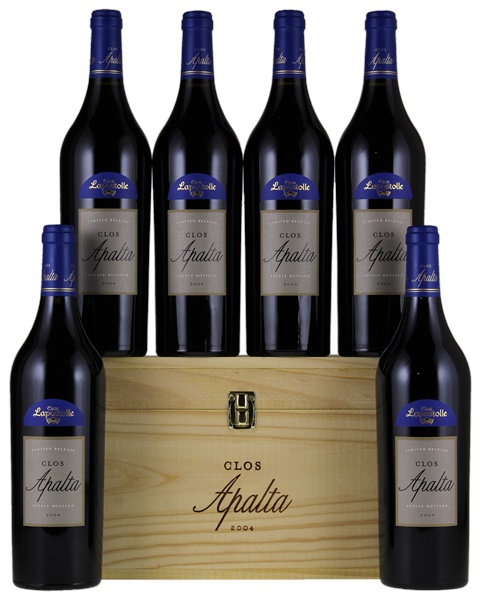
Image above is an example. To view the image of the lot, click the item number.
Estimate

Offers gorgeous aromas of crushed plum and boysenberry fruit, with notes of sweet tobacco, mocha and vanilla. Delivers a plush, silky texture through the fruit-filled finish, with a fine, buried minerality.
Ripe and smoky on the nose, offering pungent cherry and dark berry scents, along with licorice and sexy oak spices. Mouthfilling cherry liqueur and dark chocolate flavors are impressively vibrant for such a concentrated wine...
...it has a splendid bouquet of pain grille, spice box, blueberry, and blackberry liqueur. This is followed by a rich, layered wine with excellent grip and plenty of ripe tannins. This nicely balanced effort...